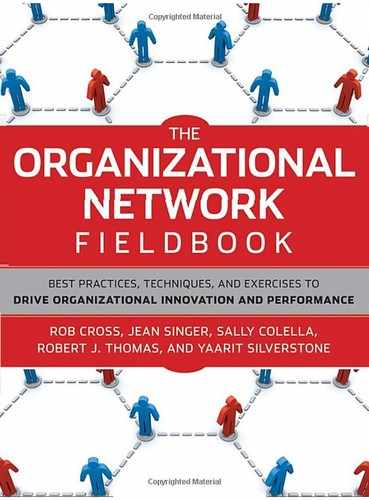10.4. Additional Lessons for Large Transformational Efforts
Particularly in the early phases of innovation or transformation, such as those we experienced at Resurrection, the pacing and sequencing of message dissemination are crucial. The first messages are what we call Confronting Reality messages, which answer the question, "Why change?" If you omit this kind of messaging (or the message is not embraced), the change won't stick. And if you wait too long between delivering Confronting Reality messages and those that prescribe a solution, fear can develop. The earliest monitoring should be focused on ensuring not only that people heard the Confronting Reality message but also that they accepted it.
After we had confirmed that key segments understood the need for a new reality, we could then move forward with messages about how the organization would need to change as a result. At Resurrection, we saw that some segments understood the need for change but not the role they would play in it. If we had not identified and addressed these misunderstandings early on, people throughout the organization might have lost trust in the leadership.
A key factor that determines the effectiveness of a message monitoring approach is whether the organization is able to survey and follow up in a more targeted and rapid manner as a result of the process. The targeting of messaging to the most needy areas (each of which may need to hear a slightly different kind of message) is much more effective than relying on mass communication methods such as e-mail or letters from a senior executive, which can lead to "message fatigue" across the organization.
